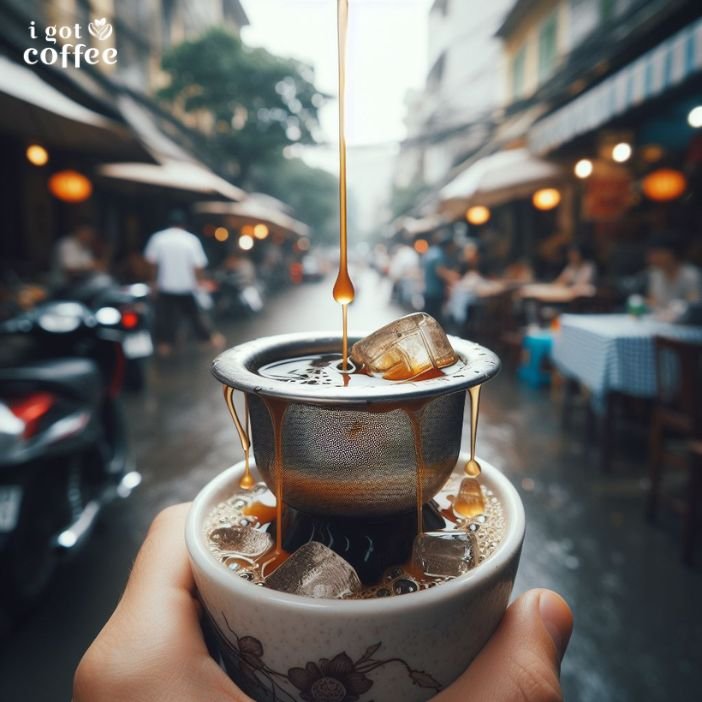How to Make Cuban Coffee
Cuban coffee, also known as Cafe Cubano, is a strong and sweet espresso-based coffee that is a staple in Cuban culture. It is typically served in small cups called “tacitas” and enjoyed throughout the day. This rich and aromatic coffee is made by brewing finely ground coffee beans with sugar, creating a unique and bold flavor profile. If you’re looking to experience a taste of Cuba, here’s a recipe to make authentic Cuban coffee at home.
Cuban Coffee Recipe
Equipment
- Stovetop espresso maker
- Small espresso cups
- Coffee grinder (if using whole beans)
Ingredients
- 4 Tbsp Finely ground Cuban coffee
- 4 Tbsp Granulated Sugar
- 1 Cup Water
Notes
FAQs on Cuba Coffee Recipe
Q: Can I use regular coffee instead of Cuban coffee?
A: While Cuban coffee has a unique flavor, you can substitute it with other dark roast espresso blends. However, the taste may differ slightly.
Q: Can I adjust the amount of sugar in Cuban coffee?
A: Yes, you can adjust the amount of sugar to your preference. Some people prefer it sweeter, while others prefer a less sweet version.
Q: Can I use a coffee machine to make Cuban coffee?
A: Traditional Cuban coffee is made using a stovetop espresso maker or a small saucepan. However, you can use a coffee machine with an espresso setting if you prefer.
Q: Can I make Cuban coffee without a stovetop espresso maker?
A: Yes, you can use a small saucepan to brew Cuban coffee. Simply follow the same steps, but instead of using a stovetop espresso maker, heat the water in the saucepan.
Q: Can I make Cuban coffee without sugar?
A: Sugar is an integral part of Cuban coffee, as it contributes to its unique flavor and texture. However, if you prefer a sugar-free version, you can omit it, but the taste will be different.
Unraveling the World of Coffee

George Howell, a graduate in Food Science from Columbia University, has immersed himself in the world of coffee. With over a decade of experience in coffee cultivation and roasting, George brings a blend of academic insight and practical expertise to his writing. As a coffee enthusiast and founder of a renowned coffee roastery, George is passionate about sharing his knowledge. His articles blend clarity with a touch of wit, making complex coffee topics accessible to all.







